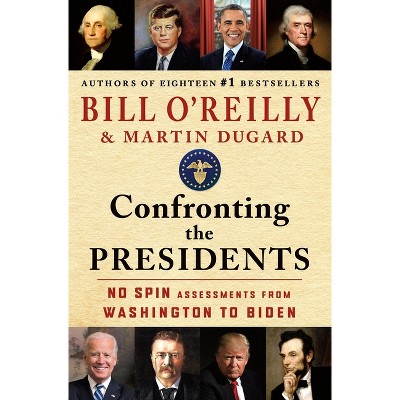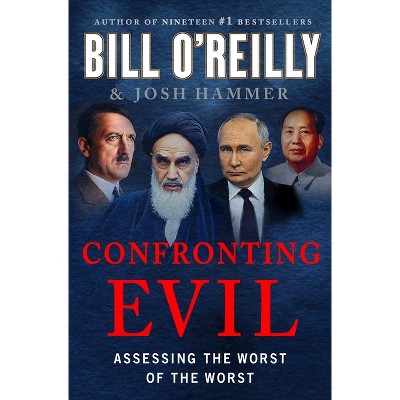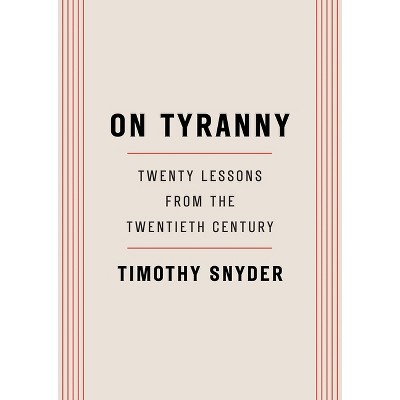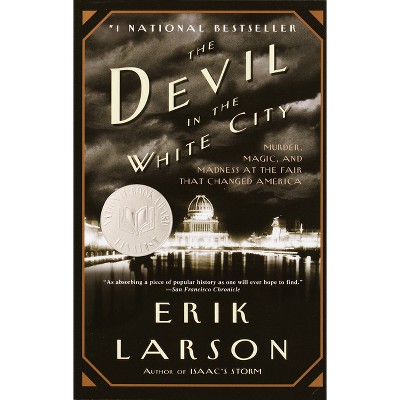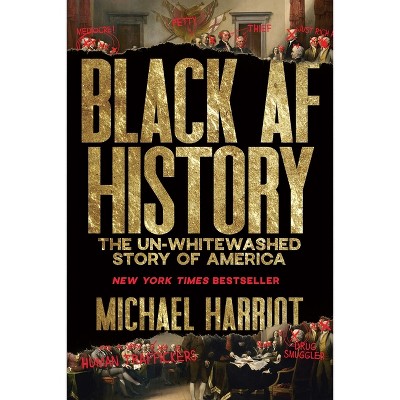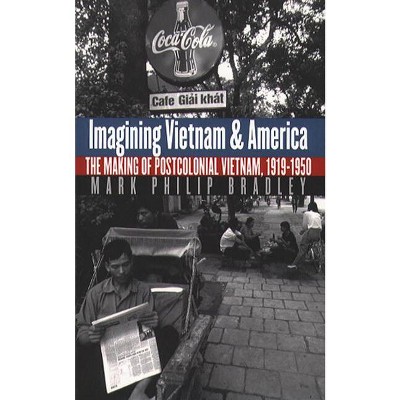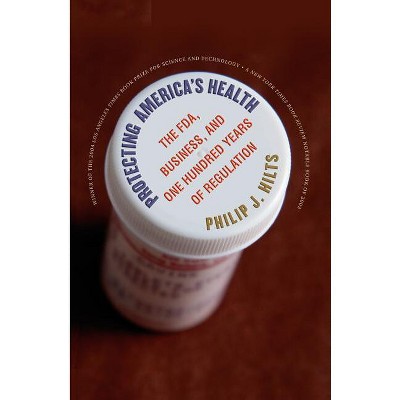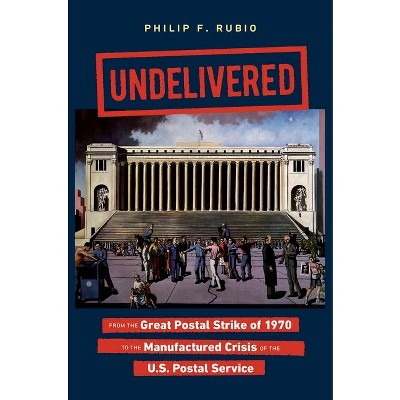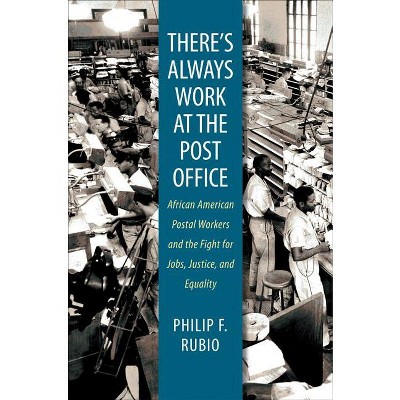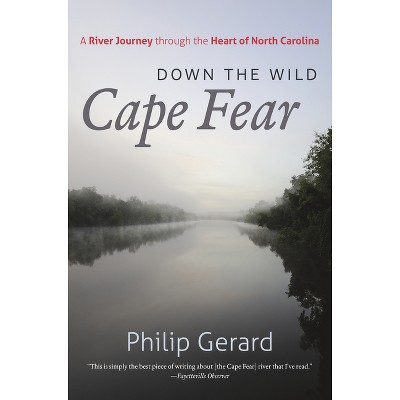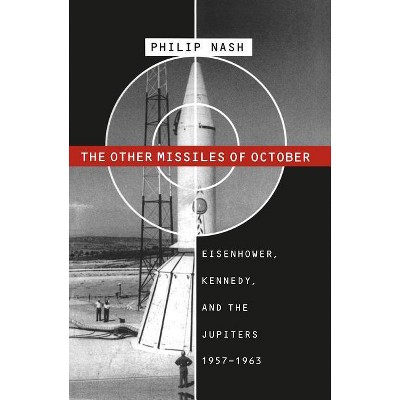About this item
Highlights
- One of the most significant industrial states in the country, with a powerful radical tradition, Pennsylvania was, by the early 1950s, the scene of some of the fiercest anti-Communist activism in the United States.
- Author(s): Philip Jenkins
- 288 Pages
- History, United States
Description
About the Book
Cold War at Home: The Red Scare in Pennsylvania, 1945-1960Book Synopsis
One of the most significant industrial states in the country, with a powerful radical tradition, Pennsylvania was, by the early 1950s, the scene of some of the fiercest anti-Communist activism in the United States. Philip Jenkins examines the political and social impact of the Cold War across the state, tracing the Red Scare's reverberations in party politics, the labor movement, ethnic organizations, schools and universities, and religious organizations.Among Jenkins's most provocative findings is the revelation that, although their absolute numbers were not large, Communists were very well positioned in crucial Pennsylvania regions and constituencies, particularly in labor unions, the educational system, and major ethnic organizations. Instead of focusing on Pennsylvania's right-wing politicians (the sort represented nationally by Senator Joseph McCarthy), Jenkins emphasizes the anti-Communist activities of liberal politicians, labor leaders, and ethnic community figures who were terrified of Communist encroachments on their respective power bases. He also stresses the deep roots of the state's militant anti-Communism, which can be traced back at least into the 1930s.
Review Quotes
"The Cold War at Home" is a superb book-something that Cold War historians have needed for years.
David M. Oshinsky, Rutgers University
A significant contribution to understanding Cold War internal security politics.
"Choice"
A very useful and comprehensive account that is especially effective in pointing out the bipartisan basis of the Pennsylvania red scare .
"Journal of American History"
The strength of his book is in its provocative details, hints for those unraveling theoretical puzzles about the far Right and fascism.
"International Labor and Working-Class History"
This is an important book for anyone interested in American anti-communism and the domestic history of the Cold War.
"American Studies"
"The Cold War at Home" is a superb book--something that Cold War historians have needed for years.
David M. Oshinsky, Rutgers University
""The Cold War at Home" is a superb book--something that Cold War historians have needed for years.
David M. Oshinsky, Rutgers University"
"The strength of his book is in its provocative details, hints for those unraveling theoretical puzzles about the far Right and fascism.
"International Labor and Working-Class History""
Shipping details
Return details
Trending History
